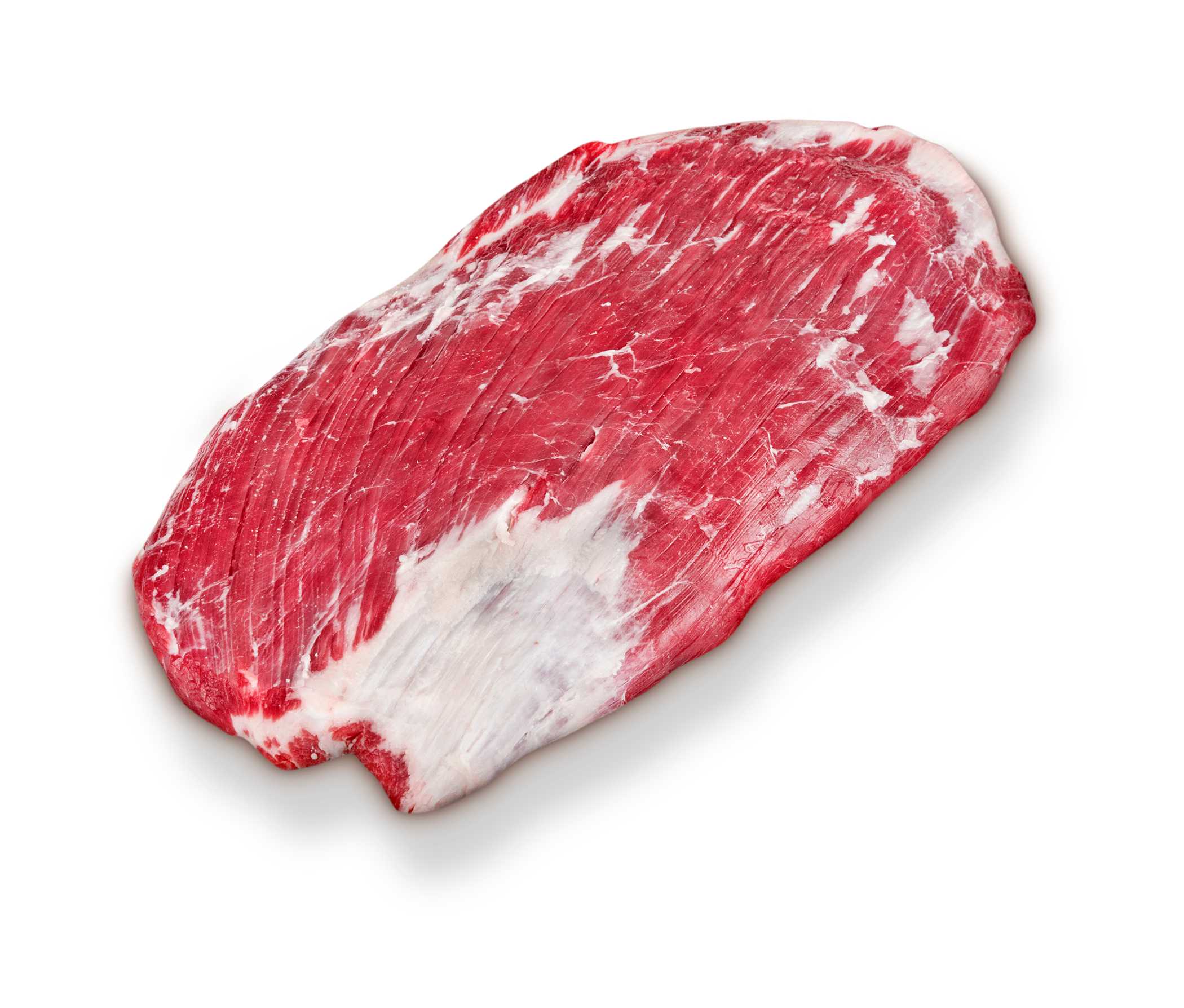
Flank
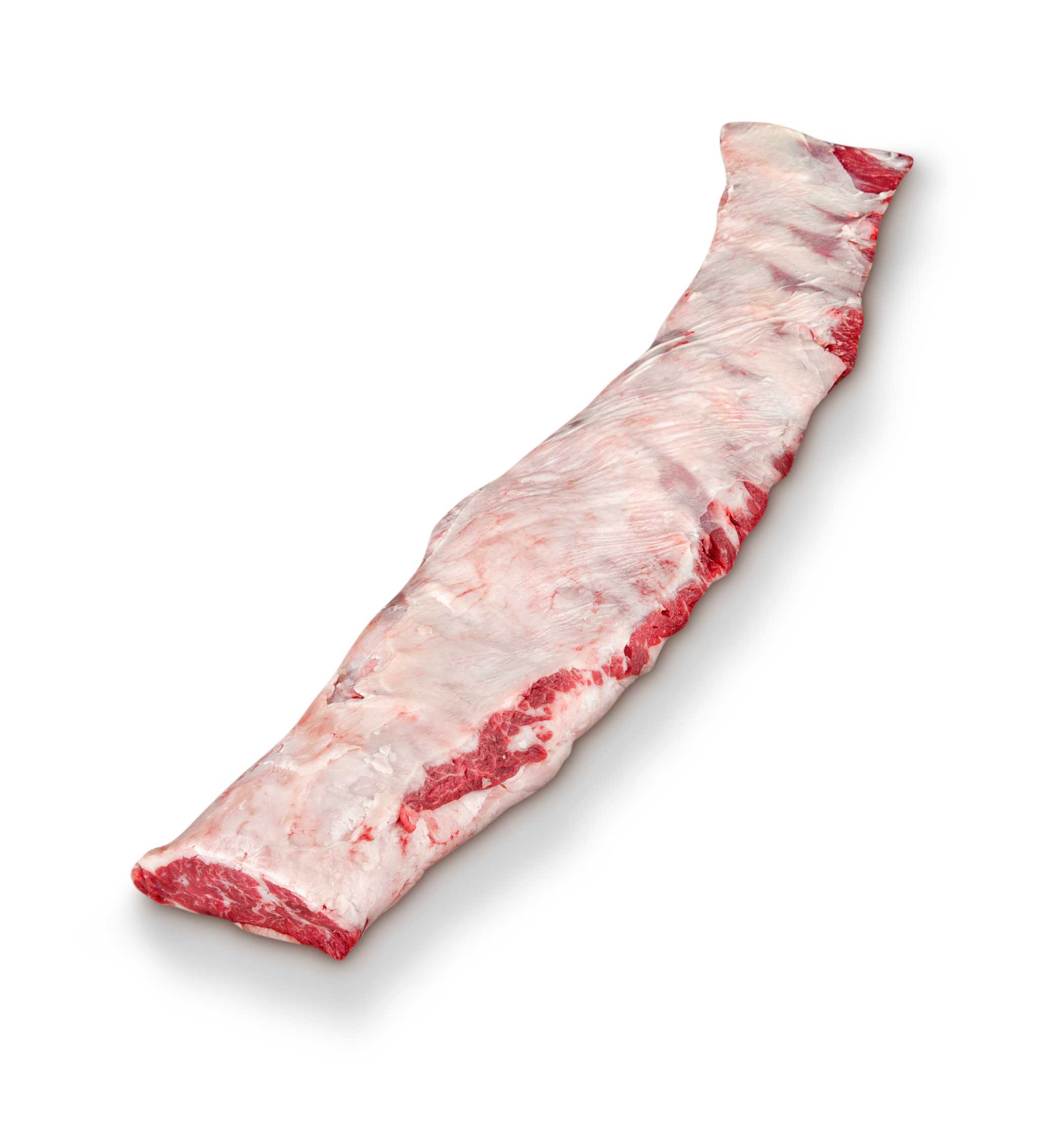
Outside Skirt

Inside Skirt

loading...
Variety is beef’s strength—with each cut having its own star quality, the options for making memorable meals with Canadian Beef are many.
Click on the coloured parts of the animal to learn more about the various beef cuts and their descriptions.




This cut is generated from the primal flank. It is an oval plate-shaped muscle.
This cut is a thin, rectangular, slightly dark, and a coarse muscle. It is situated across across the ribs which extend from the end of brisket to the lumbar bone.
This cut is a thick muscle and looks similar to, but wider and bigger, than the outside skirt. It is usually offered with the skin off and is practically free of fat.


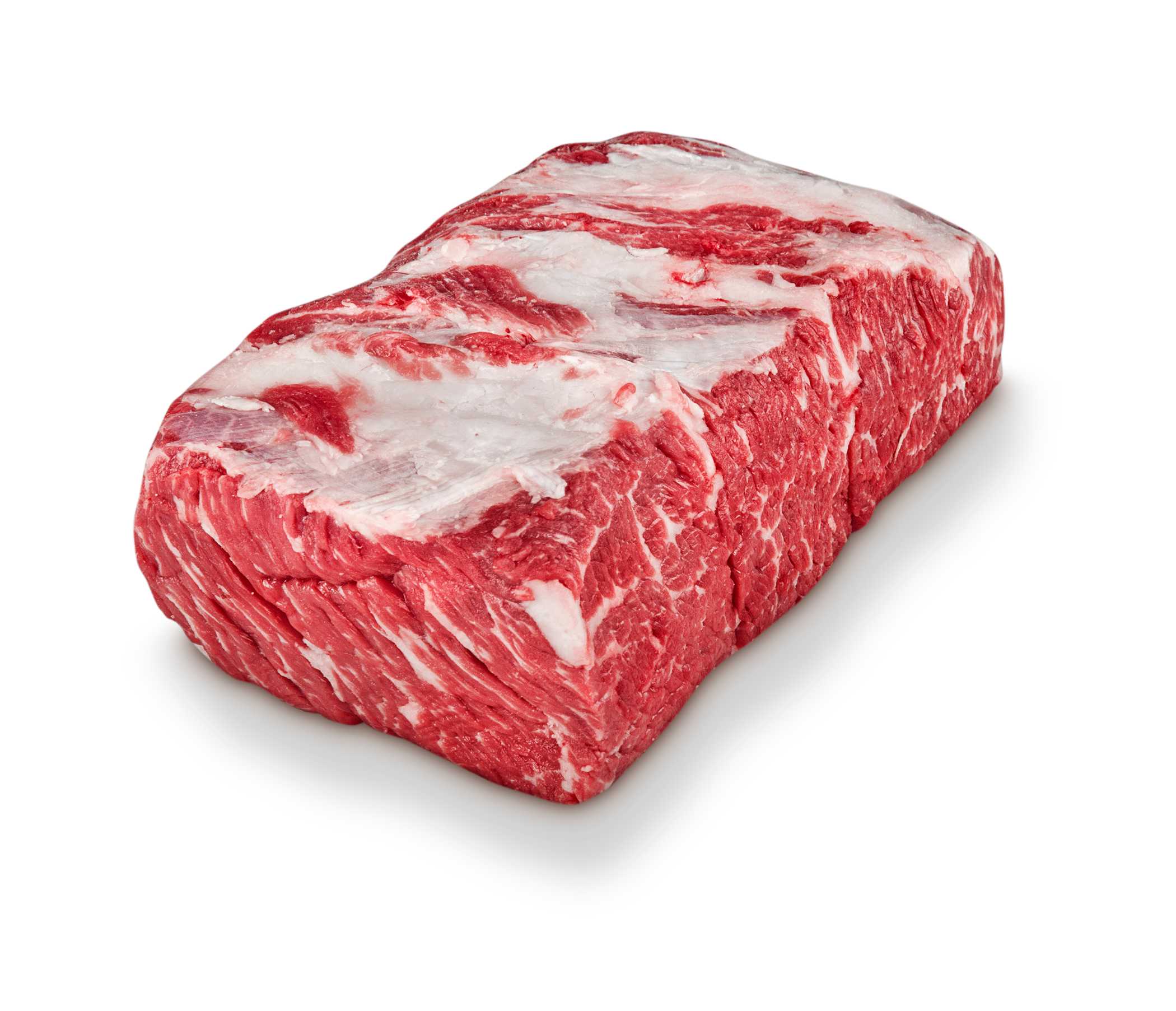

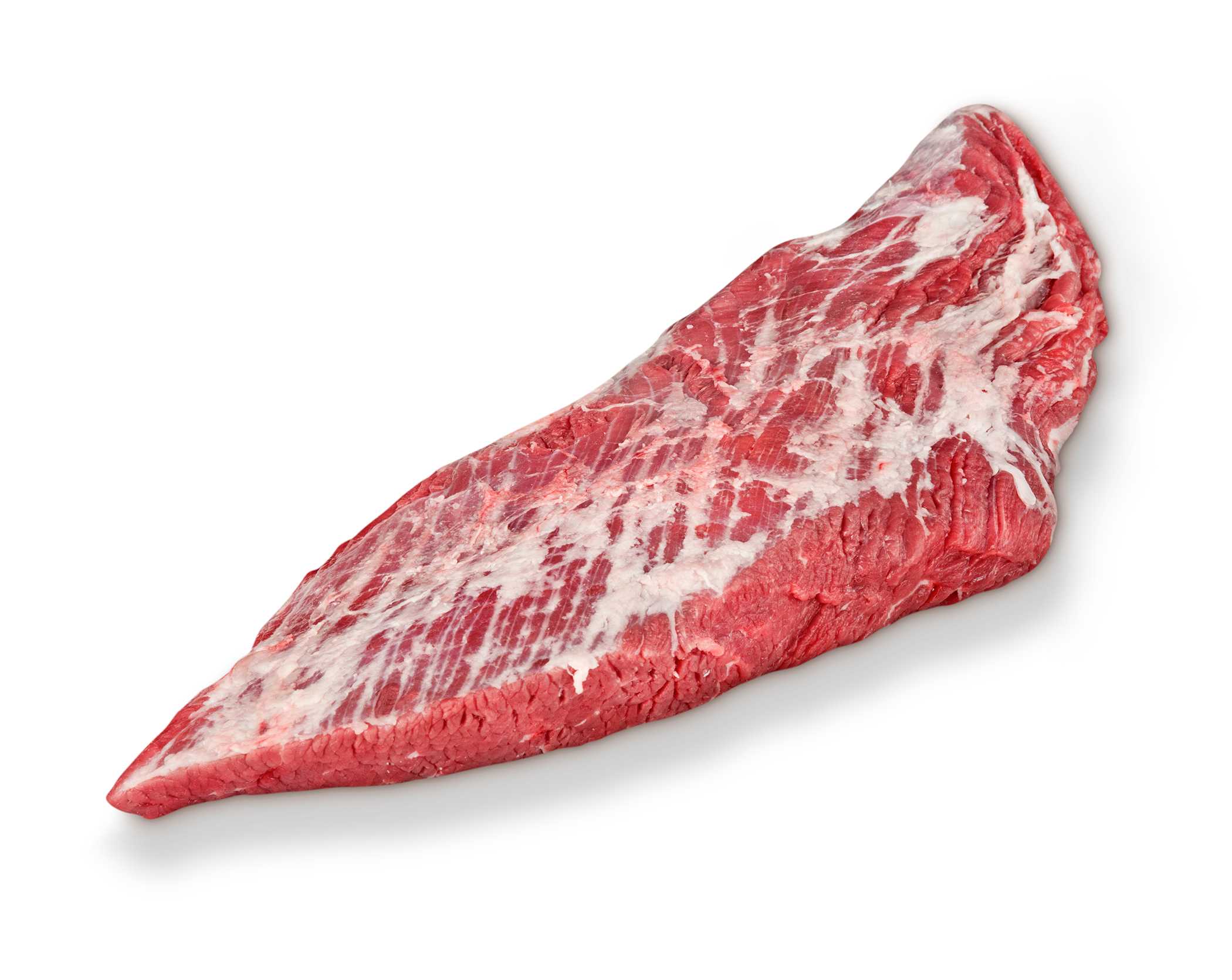

Chuck cuts such as Cross Rib, Blade and Short Ribs are a favourite for hearty fare like stews, curries and pulled beef. These cuts have bold beef flavour and coarse texture that becomes fork-tender when cooked with slow heat in a braising liquid such as broth or wine to make a luscious sauce. There are some exceptions to this rule-of-thumb such as Petite Tender and Flat Iron which are good for dry-heat cooking like grilling, pan-frying or slow oven-roasting.
This cut is generated from the blade portion of square cut chuck. The clod, and chuck tender are removed.
This cut is generated from rib bones of the primal chuck. It includes 4 ribs.
The chuck flap tail is generated from the separation of the chuck eye roll from the chuck roll.
This muscle cut is separated from the shoulder clod and round bone by cutting through the natural seam. Individual cuts from this subprimal are Beef Stew Cubes and Marinating Strips.
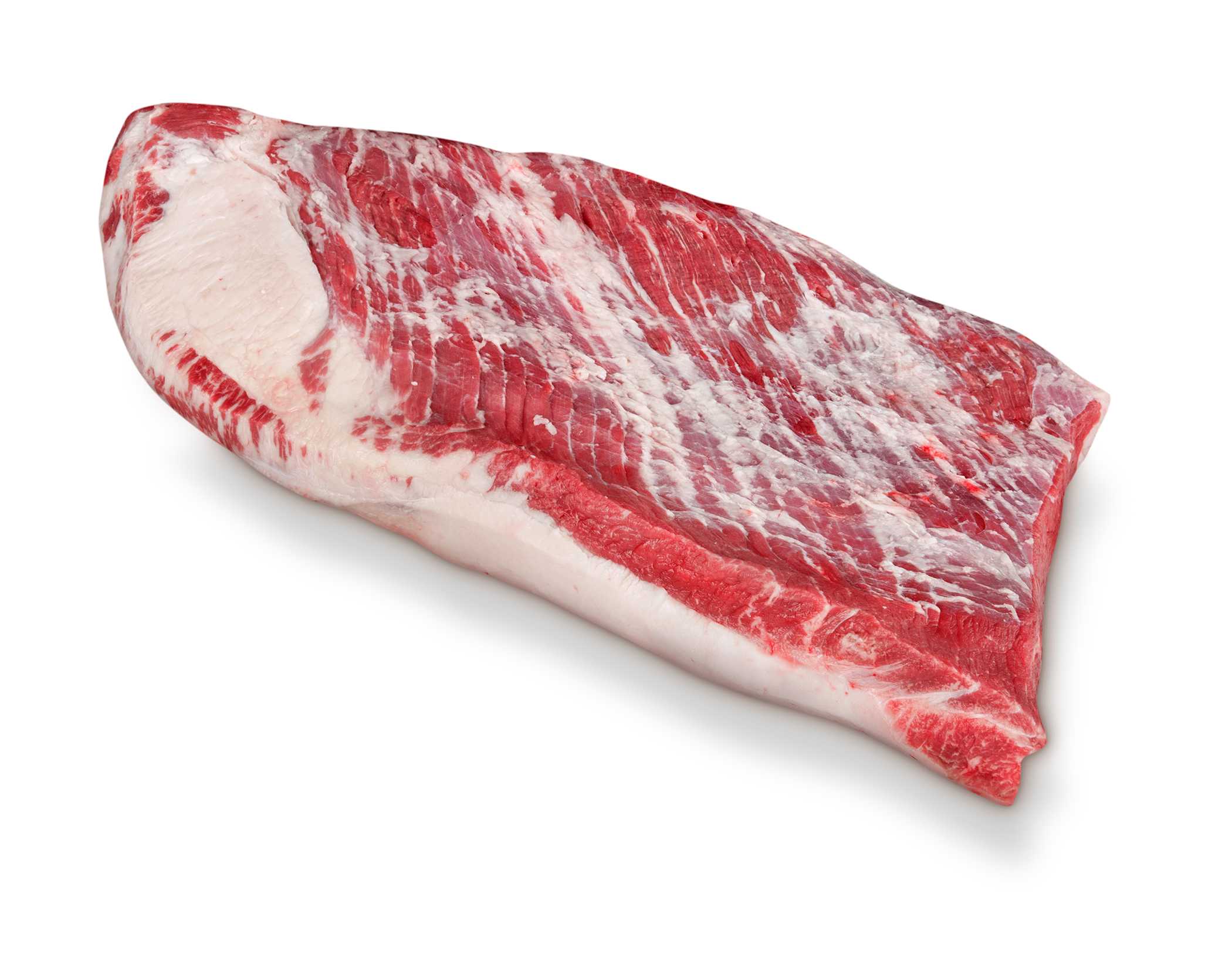

With big beef flavour and coarse grain texture, these cuts are a favourite in slow-cooked dishes like smoked brisket, corned beef, pulle d beef and Osso Buco. Brisket is a constant in Jewish cuisine for special occasions and has become popular for home smoking. Good for traditional braising or pressure cooking.
This boneless cut is generated from the Brisket primal bone-in cut which is generated from the separation of the plate between the 5th and 6th rib. There are two additional cuts generated from the boneless brisket cut, the Deckle and Point.
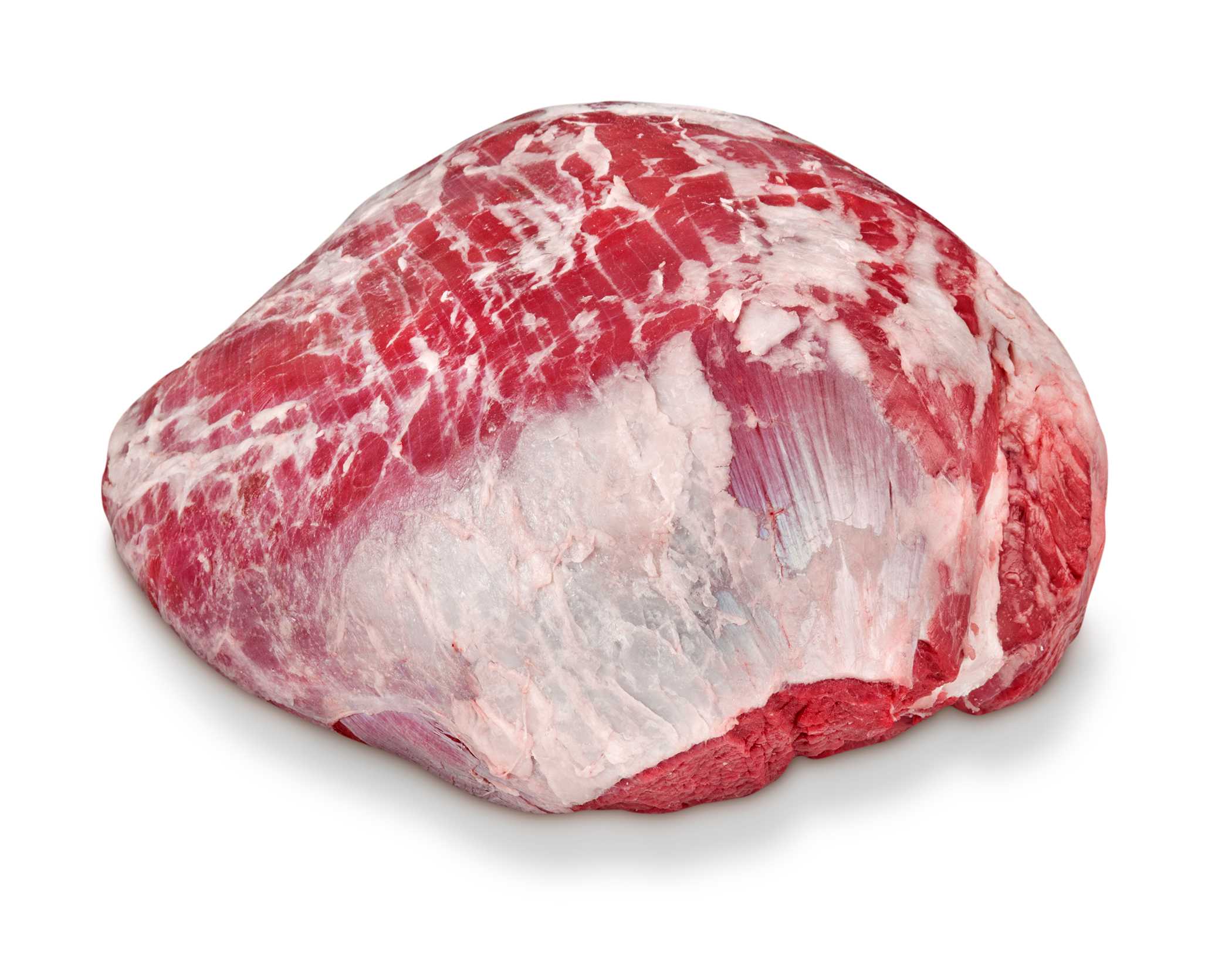



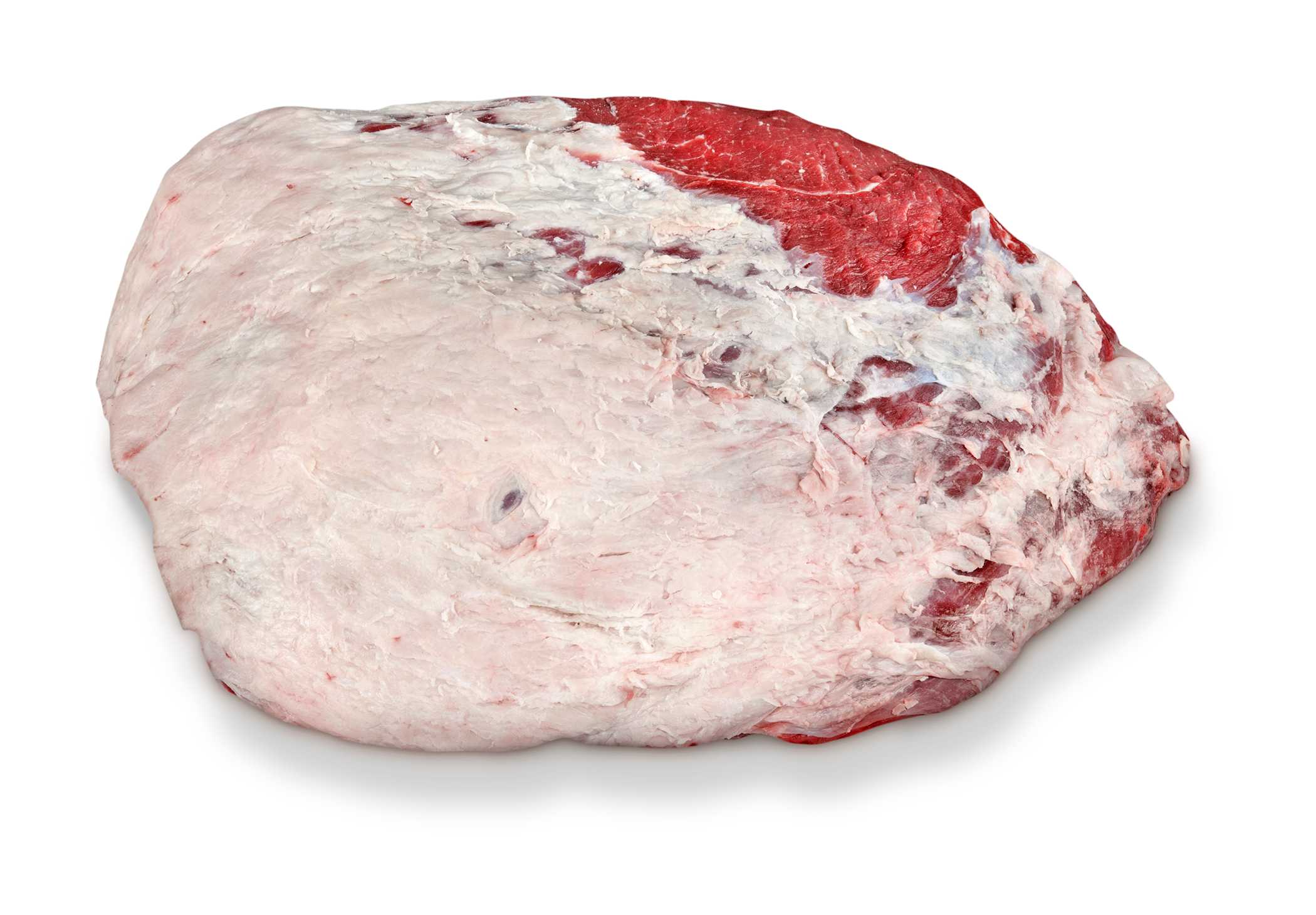
These beef cuts are some of the leanest with moderate tenderness and good beefy flavour. Marinate steaks or kabob cubes before grilling or pan-frying. Slow-roast larger portions with dry-oven heat and carve into thin slices for the most tender juicy roast beef.
This cut is separated from the inside round and the outside round from the hip primal. This sub-primal can also be known as Beef Round Knuckle. The two most popular retail cuts for this sub-primal are the Sirloin Tip Oven Roast and Sirloin Tip Marinating Steak. Click on each cut to learn more.
This cut is a cylindrical-shaped, single muscle inside the hind leg.
The Bone-in Hind Shank is located in the lower hip region and is tougher in nature due to the constant use of the leg muscle. This cut is perfect for slow and low cooking applications such as stewing or braising.
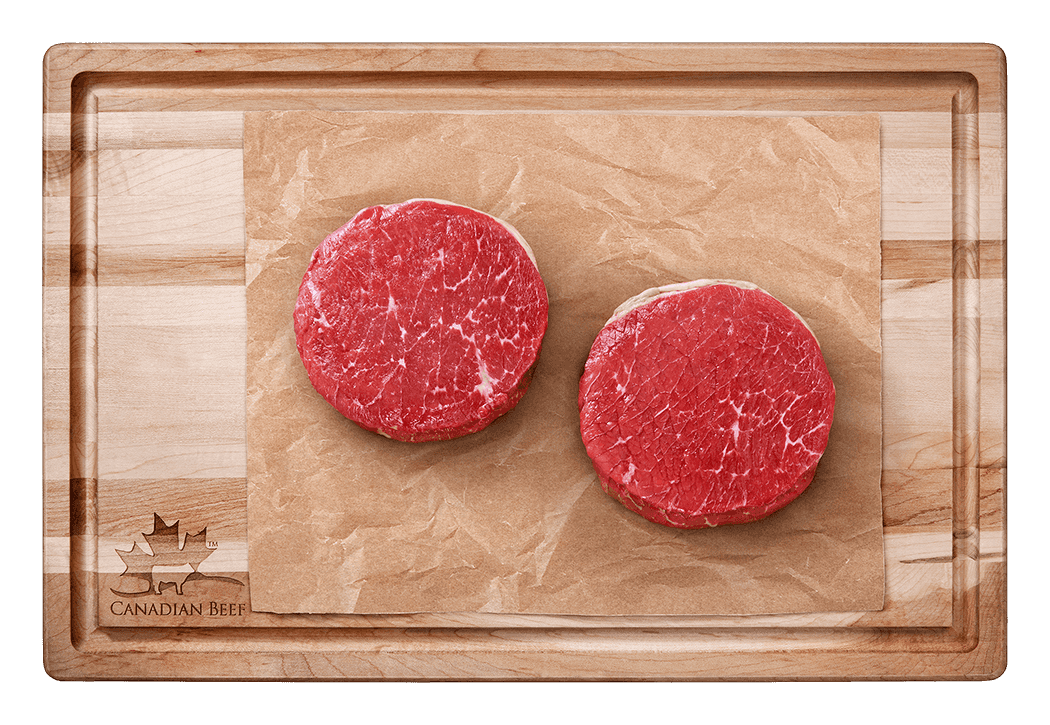
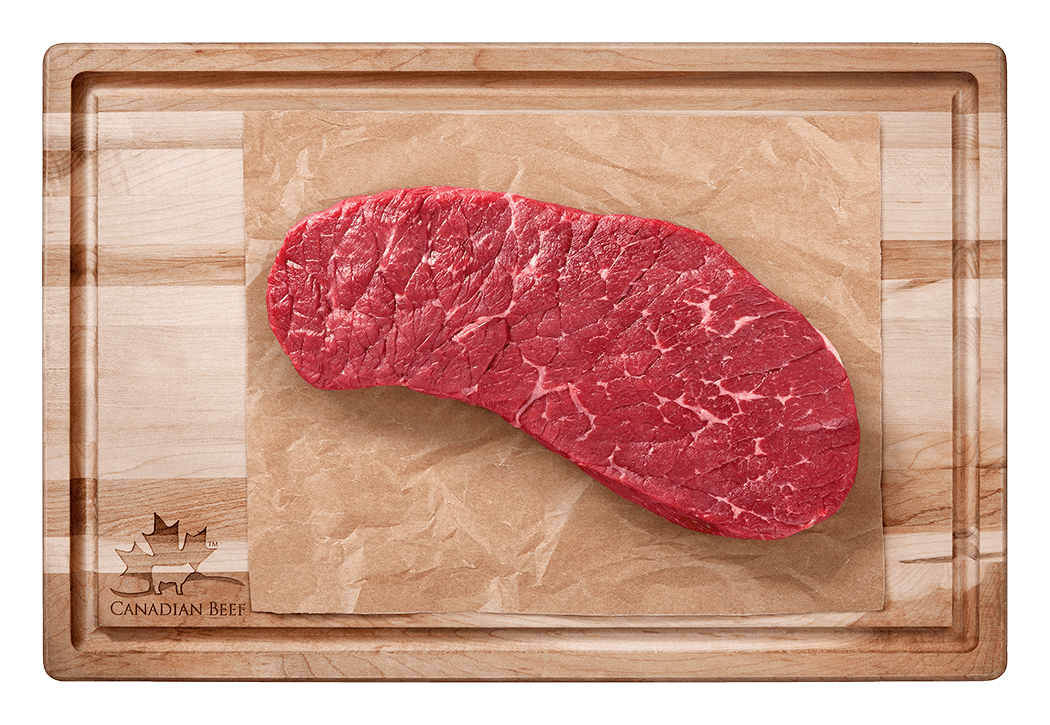



This boneless portion of the round located inside of the leg is separated from the outside round by cutting lengthwise along the natural seam. This cut is also called top round or topside.




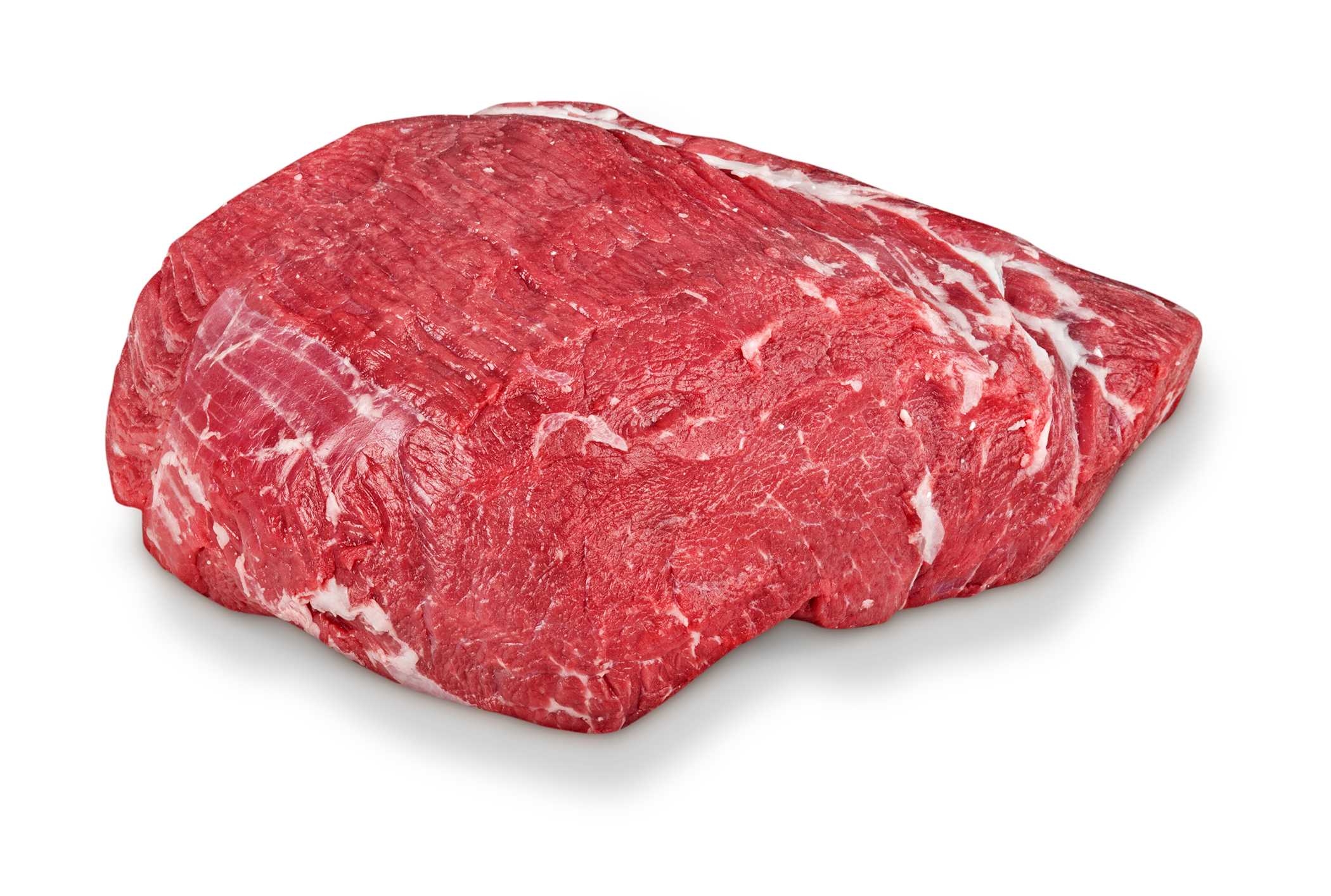


These ever-tender, premium beef cuts are familiar to most – think Tenderloin, Strip Loin or Top Sirloin for example. Steaks can be cooked quickly by grilling or skillet searing on the stovetop. Slow roast larger portions with dry-oven heat for tender juicy roast beef.
This cut is the single muscle on the inner surface of the bottom sirloin butt.
This cut is a muscle portion of bottom sirloin butt. The boneless tip is separated from the ball tip and the flap meat through the natural seam.


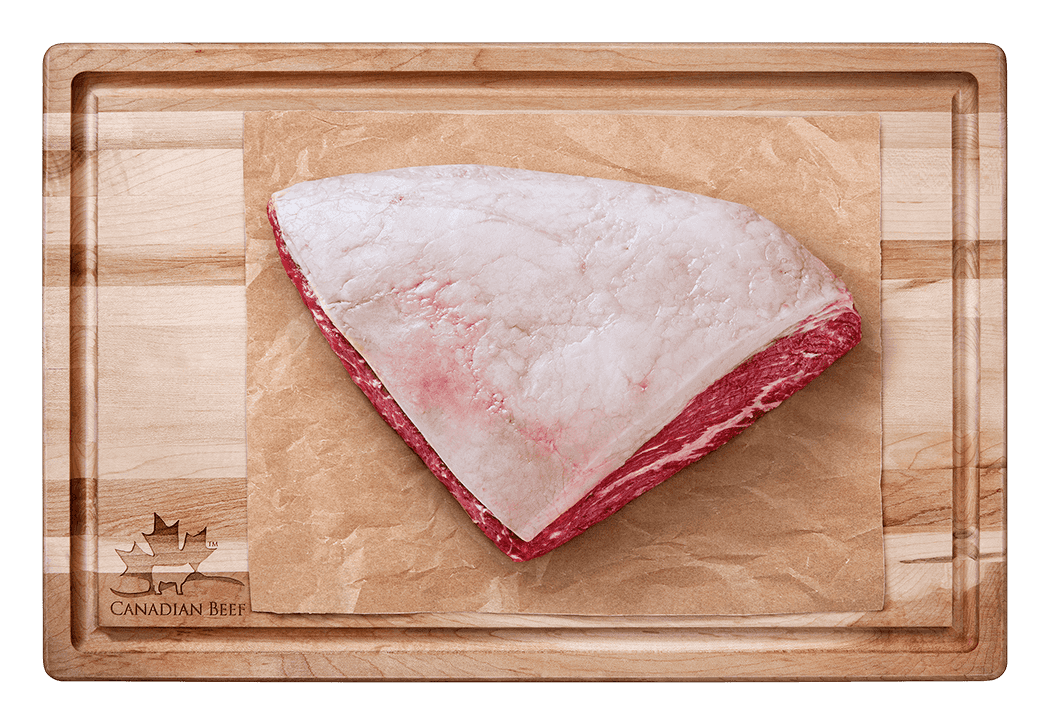
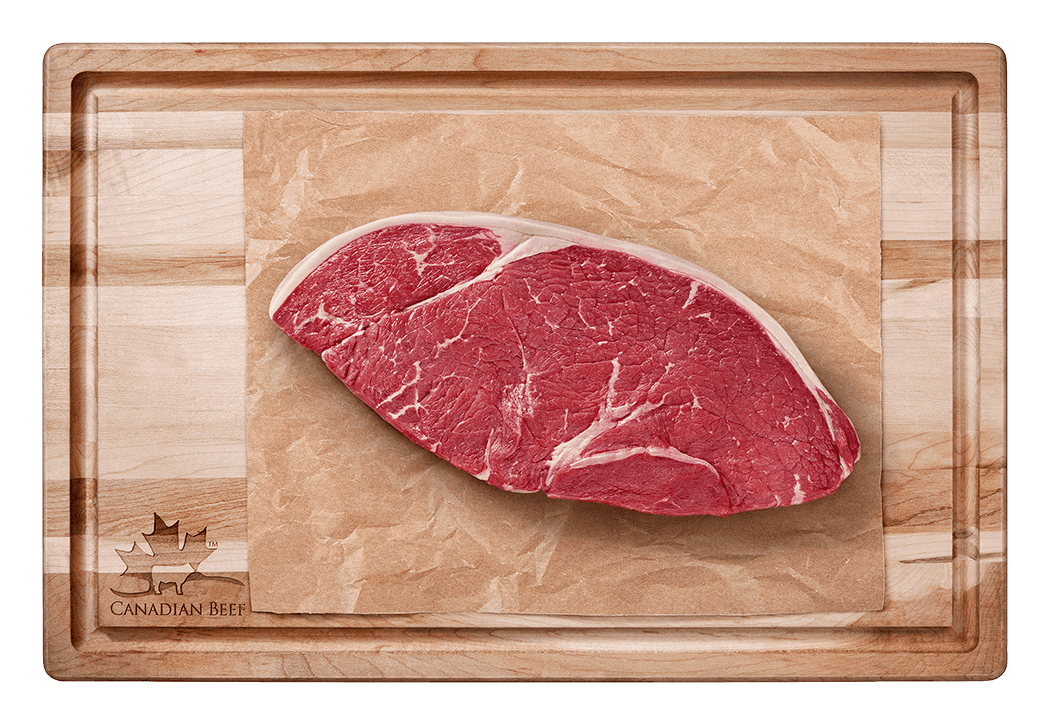
This cut is generated from the top sirloin butt after the removal of the cap.
This is the portion of the short loin from which the tenderloin is removed.
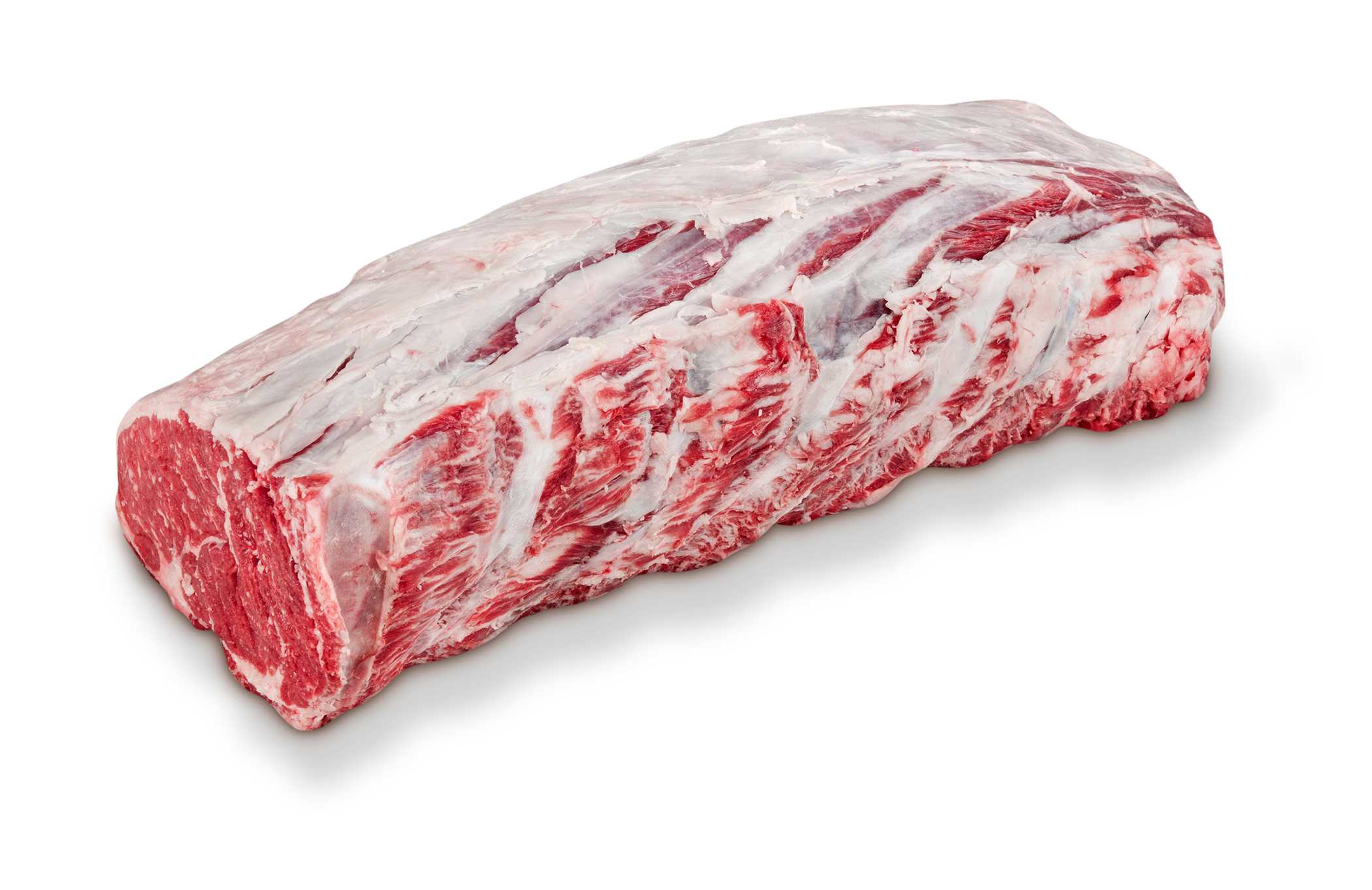

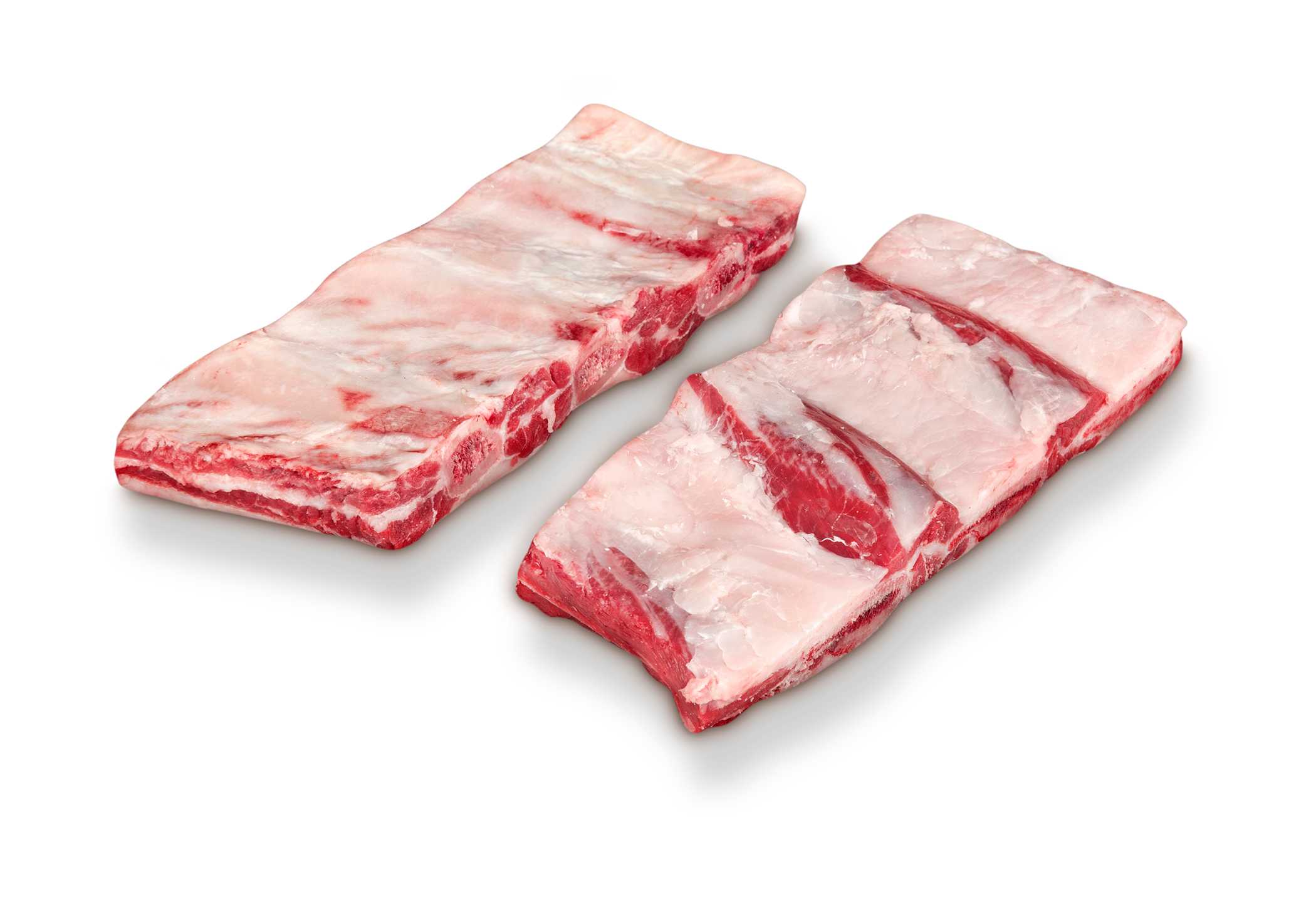

Prime Rib, Tomahawk and Rib Eye are familiar cuts from the rib, with good beef flavour, typically more interior fat and moderate grain texture. When served on the bone, especially as Beef Back Ribs, these cuts are impressive, taking centre-stage at the table. For tender juicy steaks and roasts cook with dry-heat cooking methods like grilling and oven roasting.
This is the portion of the front quarter which is separated from the chuck and the brisket.
Short ribs are generated from the primal rib after separation of prime rib. This is the rib end portion of the rib and plate.
This cut is generated from the primal rib. The short ribs are removed. Individual cuts from this subprimal are Prime Rib Oven Roast and Prime Rib Grilling Steak.
Click on the coloured parts of the animal to learn more about the various beef cuts and their descriptions.